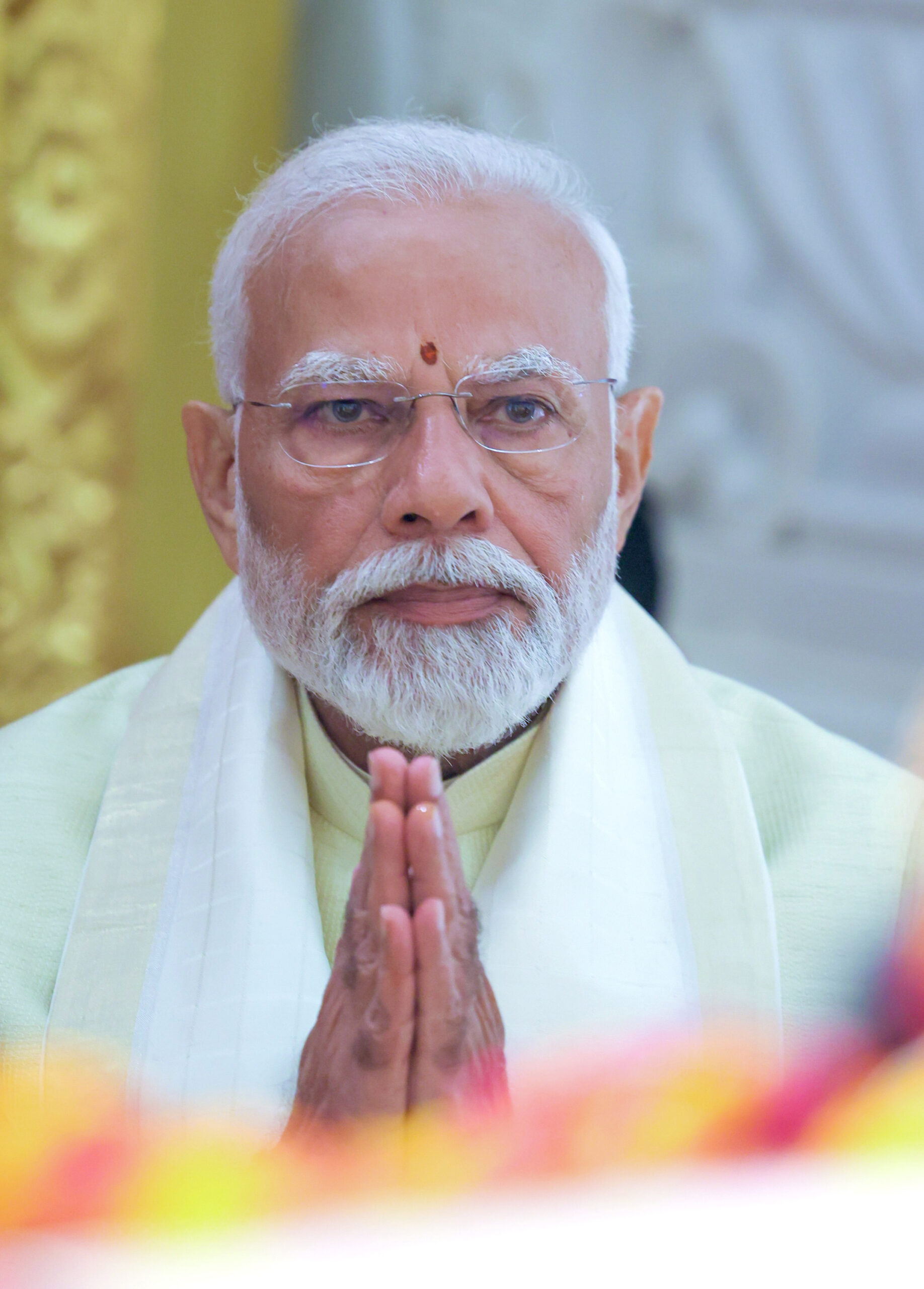
The latest edition of the World Bank’s Migration and development Brief said global remittances reached 689 billion dollars in 2018, up from 633 billion dollars in the previous year.
Of these, flows to low and middle-income countries jumped 9.6 percent from 483 billion dollars in 2017 to 529 billion dollars in 2018.
India retained its top spot on remittances with 79 billion dollars followed by China (67 billion dollars), Mexico (36 billion dollars), the Philippines (34 billion dollars) and Egypt (29 billion dollars).
Remittances grew by more than 14 percent in India, where a flooding disaster in Kerala likely boosted the financial help that migrants sent to families, said the World Bank in its report released on Monday.
In 2019, remittance flows to low and middle-income countries are expected to reach 550 billion dollars to become their largest source of external financing.
“Remittances are on track to become the largest source of external financing in developing countries,” said Dilip Ratha, lead author of the report and head of Global Knowledge Partnership on Migration and Development (KNOMAD).
“The high costs of money transfers reduce the benefits of migration. Renegotiating exclusive partnerships and letting new players operate through national post offices, banks, and telecommunications companies will increase competition and lower remittance prices,” he said.
Regionally, growth in remittance inflows ranged from almost 7 percent in East Asia and the Pacific to 12 percent in South Asia.
The overall increase was driven by a stronger economy and employment situation in the United States and a rebound in outward flows from some Gulf Cooperation Council (GCC) countries and the Russian Federation.
The global average cost of sending 200 dollars remained high at around 7
Reducing remittance costs to 3 percent by 2030 is a global target under Sustainable Development Goal (SDG) 10.7. Remittance costs across many African corridors and small islands in the Pacific remain above 10 percent. Banks were the most expensive remittance channels, charging an average fee of 11 percent in the first quarter of 2019.
The brief notes that banks’ ongoing de-risking practices, which have involved the closure of the bank accounts of some remittance service providers, are driving up remittance costs.
The World Bank and the International Labour Organisation are collaborating to develop indicators for worker-paid recruitment costs, to support the SDG of promoting safe, orderly and regular migration.
Source: ANI
Stay tuned for more updates!






